Having a fascination for PNR's trains ever since, I decided to ride that train for the sake of experience. Some local news agencies have featured it on their morning news programs and the interiors do look good.
Before the Premiere Train was launched, PNR operated various rolling stock as Metro Commuter trains, specifically the EMU 203 from Japan, hauled by the company's own DELs, Hyundai Rotem DMU from Korea, and occasionally, the KiHa 52, also from Japan.
My very first PNR ride was in a DMU. That one was jam-packed, suggesting that many (literally many) are using the train, contrary to my personal belief. The train may be shakey, but it's not very noisy and the shaking isn't that "bumpy-like." You'll only hear the engine revving and shifting gears plus the clacking on the rails. Typical old-style train sound for me.
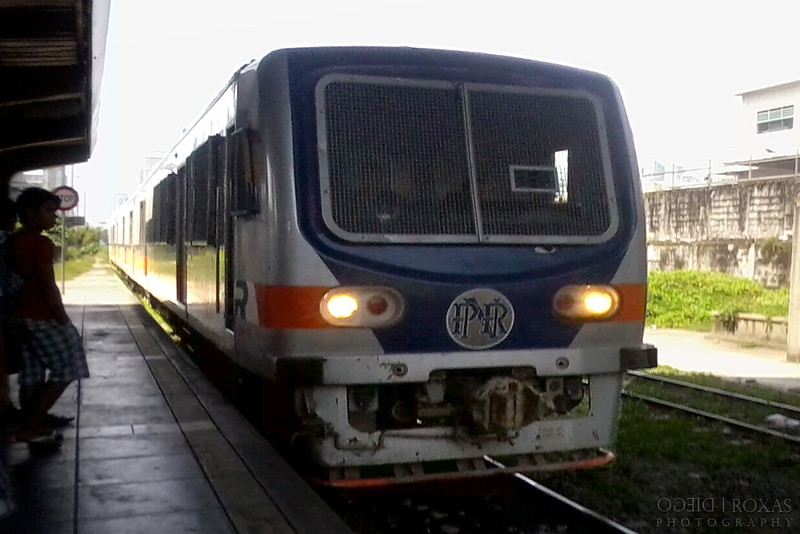 |
| A PNR DMU arrives at EDSA Station |
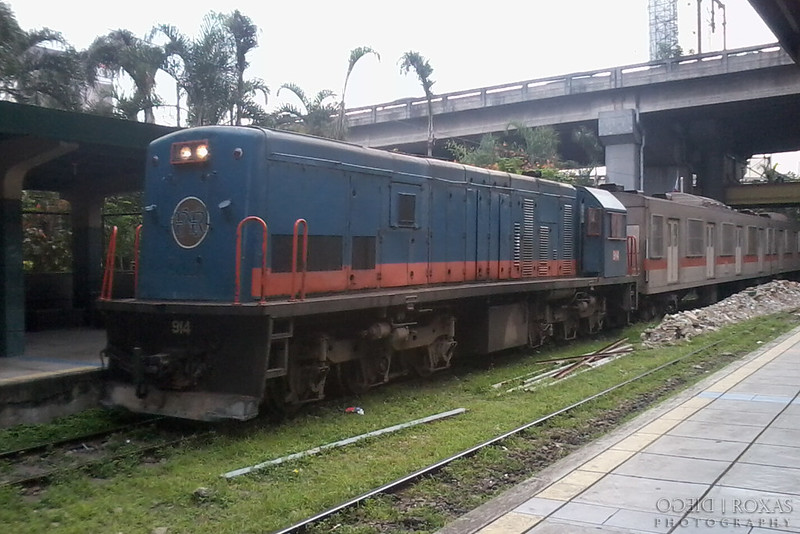 |
| PNR EMU 203 hauled by DEL 914 arrives at EDSA Station |
As soon as the Premiere Train service had launched, I started thinking of dates as to when I can get to ride it. I checked the train schedule and see if the schedule fits with any of my other schedules and thankfully it did - March 5. For me to get in one, though, I will have to ride a train to Sucat, then board the Premiere Train from there.
[A video below covers this part of the blog]
On that day, I rode train MSC737 from Bicutan to Sucat, operated by an EMU. The ticket costs P10. I realized how fast can PNR's trains really travel (may be +60 kph). Also, it was my first time to ride the route between Bicutan and Sucat. The ride was very shakey and bumpy, though I enjoyed it. I stood in the aisle holding nothing so I could try balancing myself with the left-and-right-and-up-and-down motion of the coach.
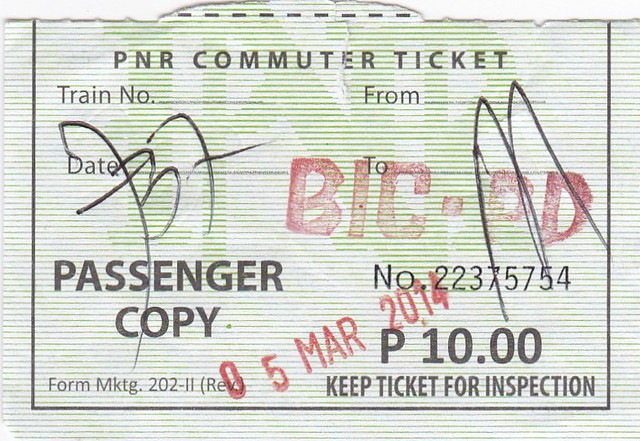 |
| PNR Metro Commuter Ticket (Inspected) |
Yung Kogane? She asked. After I affirmed, she called out one of the station staff who was holding a booklet of tickets. That staff member then asked for my name and where I was bound to. She then asked the other staff for the train number. After it was filled out, I got two copies - one for myself and another for the conductor (carbon copy). And wow, the ticket is an eye candy! Next time though, I'll ask for the ticket to be ripped more properly. The ticket costs P60.
[EDIT: I tried to ride the Premiere Train March 18, and apparently, you have to reserve for a ticket to get a sure seat. Otherwise, you'll be a chance passenger. You'll only know if you can get in when the train itself arrives at the station.]
Apparently the commuter train had to wait for the Premiere Train to arrive before it can finally travel to Alabang. A few more minutes passed and the Premiere Train arrived. This service makes use of the Kogane 59 train, again, from Japan. Getting in required passengers to present their ticket for the trip; the green commuter ticket is not accepted. The train marshal (yes, there is) let me in after I presented my ticket.
I got in the lavatory and tried the sink. Apparently, no water was flowing out. It's either there really is no water or I just failed to press the valve well. The valve is different from the usual ones. You'll also have a hard time balancing inside the lav, so good luck! Just kidding...
There's another sink just outside the lav. That one, however, has flowing water. It also had a mirror glass so I tried to take a selfie (pardon the excitement) but that area was just too shakey to make a good one. I ended up having one with the background of the aisle.
Other than those amenities, guards and train marshals are also present. Here you'll feel very safe inside. Don't forget to be vigilant, however. On the way, the train stopped at FTI Station although I don't know if the doors were opened. The train was supposed to go all the way to EDSA Station.
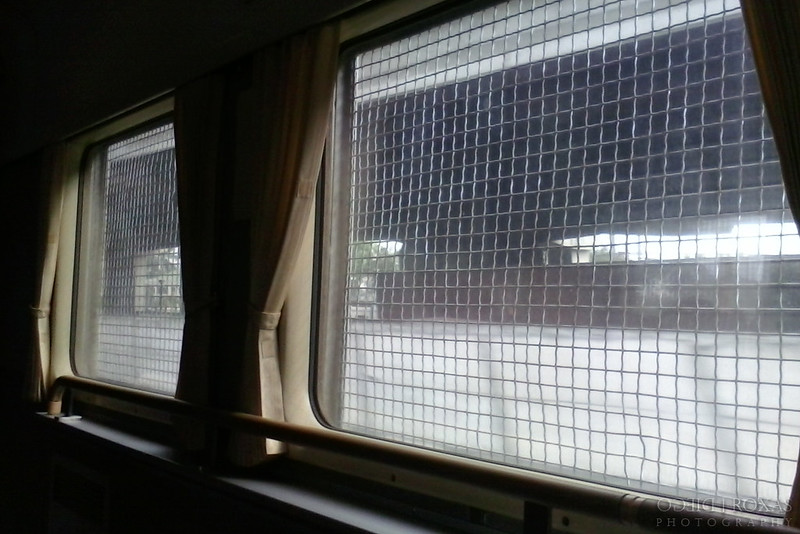 |
| PNR Kogane 59 Windows |
Riding it was quite a good experience. In fact, some of my friends proposed that we ride in the summer going all the way to Sta. Rosa, Laguna and back just for joyriding while it's new. Hopefully, PNR will maintain this service. IMO, this is incomparable to other trains in the world but this is the best that we have. Improvements have started; let's not waste it again!
 |
| Hopefully. |
If you do want to ride this train, here are some important details...
-The service is limited; there are only two round trips a day, minus Saturdays, Sundays and Holidays
-The trip is from Tutuban to Sta. Rosa, Laguna. It only stops at select stations in between, specifically Blumentritt, España, Sta. Mesa, Buendia, EDSA, Sucat, Alabang, San Pedro Laguna, Biñan
-Minimum price is P60; maximum is P90.
-For more information, you can go to this website: http://www.pnr.gov.ph/metro_commuter.htm

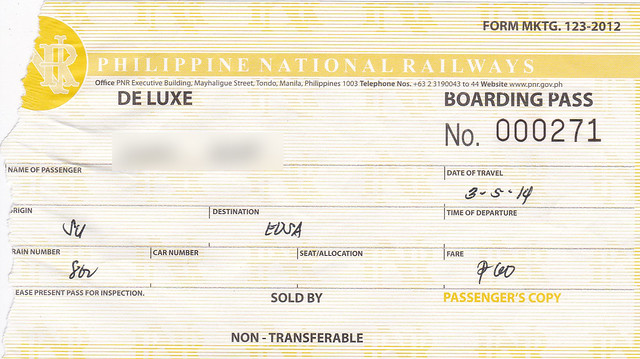
No comments:
Post a Comment